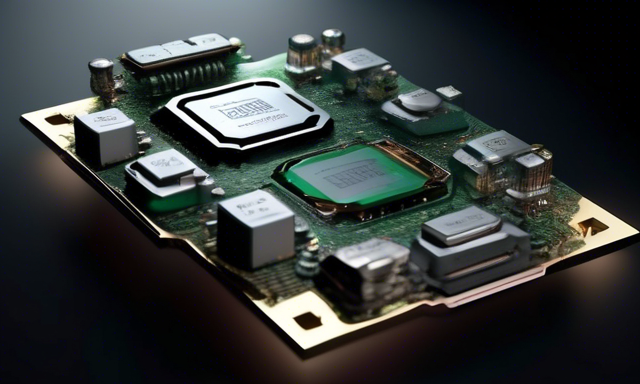Rebeca Moen
Sep 07, 2024 07:01
NVIDIA employs generative AI techniques to enhance circuit design, achieving remarkable advancements in efficiency and functionality.
Overview of Generative AI in Circuit Design 🤖
Recent advancements in generative models have paved the way for innovative applications, ranging from large language models to artistic image generation. NVIDIA is taking advantage of these technologies to refine circuit design, with a focus on improving both performance and efficiency, as indicated in a detailed write-up by NVIDIA Technical Blog.
The Challenges of Circuit Design ⚡
Designing circuits involves a complex optimization challenge where engineers must juggle various conflicting goals, such as minimizing power use while ensuring a compact design within specific timing constraints. The design landscape is expansive and multifaceted, complicating the search for optimal outcomes. Historically, methods have leaned on tailored heuristics and reinforcement learning to manage this intricacy; however, these strategies can be heavy on computational resources and frequently lack adaptability.
Introducing CircuitVAE 🎉
NVIDIA’s latest research paper titled CircuitVAE: Efficient and Scalable Latent Circuit Optimization showcases the effectiveness of Variational Autoencoders (VAEs) in the realm of circuit design. VAEs are generative models capable of delivering superior prefix adder designs while utilizing significantly less computational power compared to traditional methods. CircuitVAE uniquely encodes computation graphs within a continuous space, improving optimization by using a learned surrogate of physical simulation, achieved through gradient descent techniques.
Functionality of CircuitVAE 🔧
The core of CircuitVAE revolves around training a model that can map circuits into a continuous latent space while accurately predicting essential quality metrics like area and delay based on these embeddings. The cost predictor—realized through a neural network—enables gradient descent optimization within this latent domain, effectively bypassing the pitfalls typically associated with combinatorial search.
Process of Training and Optimization 📈
The formulation of the training loss in CircuitVAE integrates standard VAE reconstruction and regularization losses, combined with the mean squared error correlating actual and estimated values for area and delay. This dual-loss configuration effectively organizes the latent space in accordance with cost metrics, streamlining the gradient-based optimization process. The optimization journey includes selecting a latent vector guided by cost-weighted sampling, which is subsequently fine-tuned through gradient descent to lower the cost as estimated by the predictor model. The ultimate vector is then interpreted into a prefix tree that is synthesized for an actual cost assessment.
Outcomes and Significance 🔍
In trials, NVIDIA evaluated CircuitVAE using circuits configured with 32 and 64 inputs alongside the open-source Nangate45 cell library for physical synthesis. Findings reveal that CircuitVAE consistently realizes lower costs than conventional methods, thanks to its proficient gradient-based optimization process. In practical scenarios utilizing proprietary cell libraries, CircuitVAE displayed superior performance compared to commercial counterparts, showcasing an improved Pareto frontier concerning area and delay metrics.
Looking Ahead 🌟
CircuitVAE exemplifies the transformative capabilities of generative models in circuit design by transitioning the optimization approach from discrete to continuous spaces. This paradigm shift notably diminishes computational demands and holds the potential to revolutionize additional segments of hardware design, including place-and-route operations. As generative models advance further, they are likely to become integral to hardware development strategies.
Hot Take 🔥
With NVIDIA’s innovative implementation of generative AI in circuit design, the future of hardware optimization appears promising. This paradigm not only enhances efficiency but also demonstrates the potential for broader applications across various sectors of technology. The evolution of AI in engineering will likely continue to unveil new horizons, making it an exciting area worth exploring for those engaged in circuit design and related fields.





 By
By

 By
By
 By
By
 By
By
 By
By